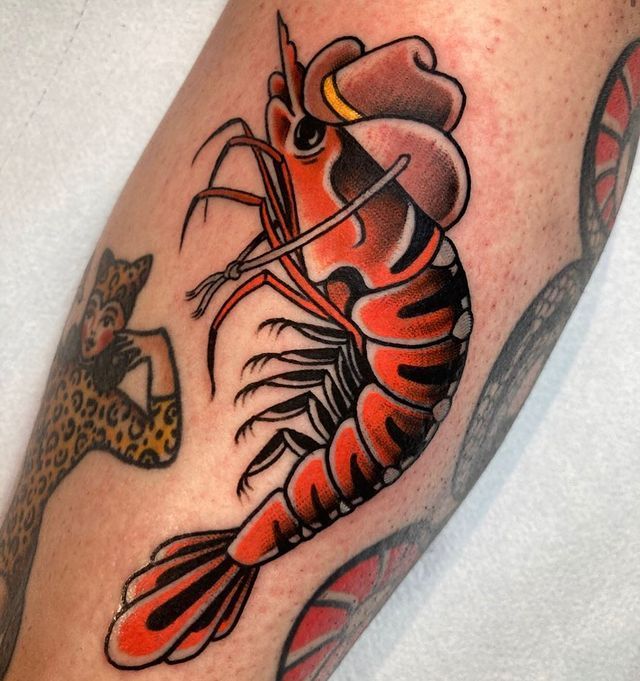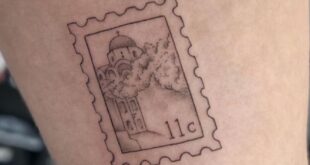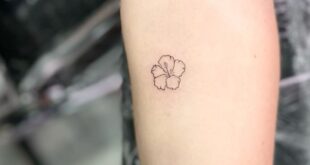Tattoos have been a part of human culture for centuries, with different societies around the world using them as a form of self-expression, for spiritual purposes, or as a way to signify status or belonging to a particular group. Traditional tattoos, in particular, hold a special significance as they are often deeply rooted in the customs and beliefs of a specific culture.
Traditional tattoos can vary greatly depending on the region or community they come from. They are typically distinguished by their bold lines, vibrant colors, and intricate designs that are passed down from generation to generation. These tattoos often have symbolic meanings that reflect the values, beliefs, and traditions of the culture they come from.
One of the most well-known forms of traditional tattooing is found in the Pacific Islands. In Samoa, for example, traditional tattoos, known as “tatau,” are applied using a manual technique where the artist uses handmade tools to tattoo intricate patterns onto the skin. These tattoos are seen as a rite of passage for young men in Samoa, with each design representing different aspects of their life, such as their family, achievements, and social status.
In Japan, traditional tattoos, known as “irezumi,” have a long history dating back to the Edo period. These tattoos often feature images of dragons, koi fish, geisha, and other traditional motifs, and are seen as a form of art that symbolizes strength, courage, and perseverance. In Japan, tattoos have also been associated with organized crime groups known as the Yakuza, who have their own distinct tattoo styles and symbolism.
In many Indigenous cultures around the world, traditional tattoos have been used for centuries as a way to connect with one’s ancestors, protect against harm, or mark important milestones in life. For example, in the Maori culture of New Zealand, tattoos known as “ta moko” are deeply symbolic and represent a person’s genealogy, social status, and personal history.
As tattoos have become more mainstream in modern society, traditional tattooing practices are at risk of being lost or diluted. However, there has been a revival of interest in traditional tattooing in recent years, with many tattoo artists and enthusiasts seeking to preserve and honor these ancient practices. By understanding and respecting the cultural significance of traditional tattoos, we can ensure that these important forms of art continue to thrive for generations to come.
 innstyled Tattoo Ideas
innstyled Tattoo Ideas















